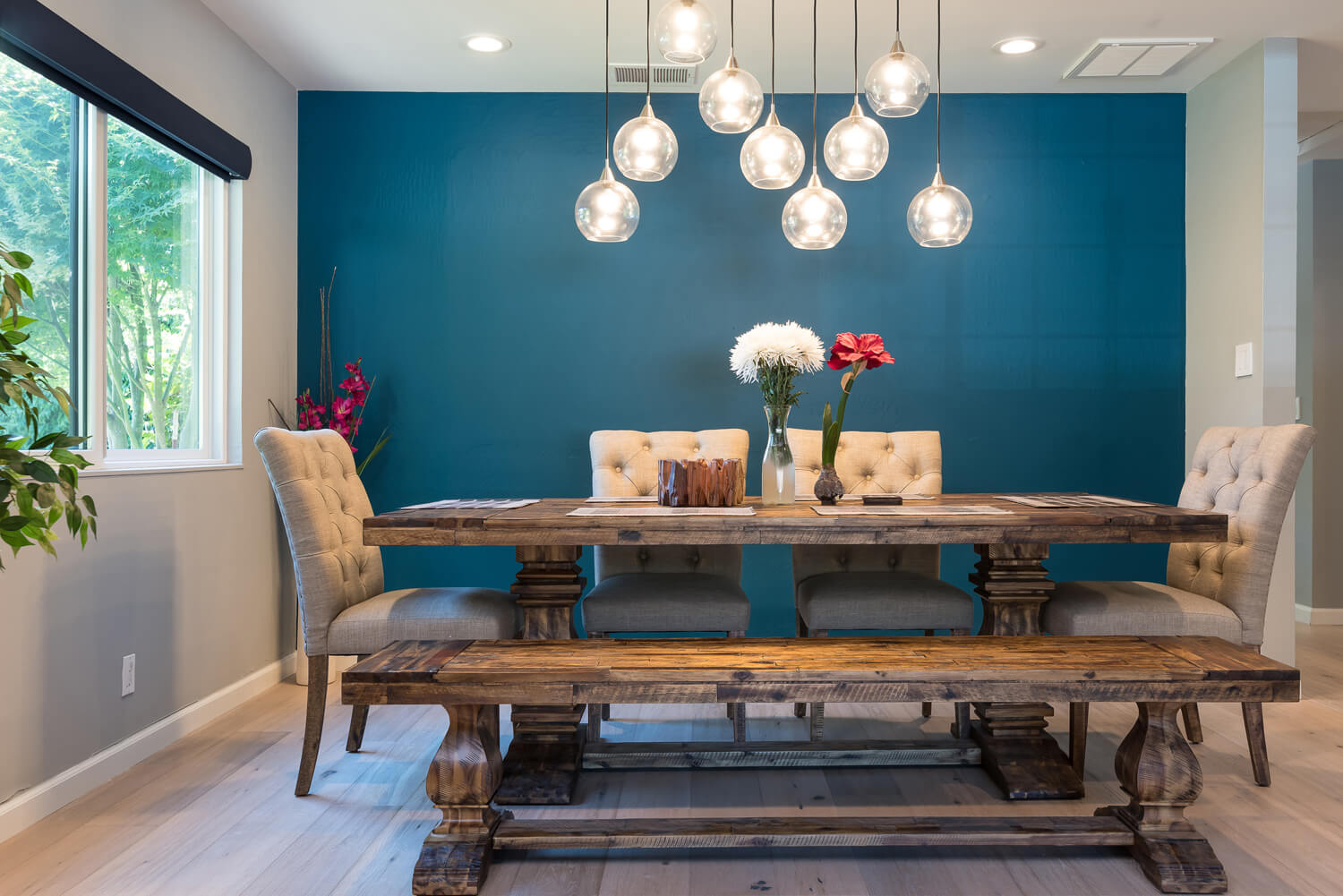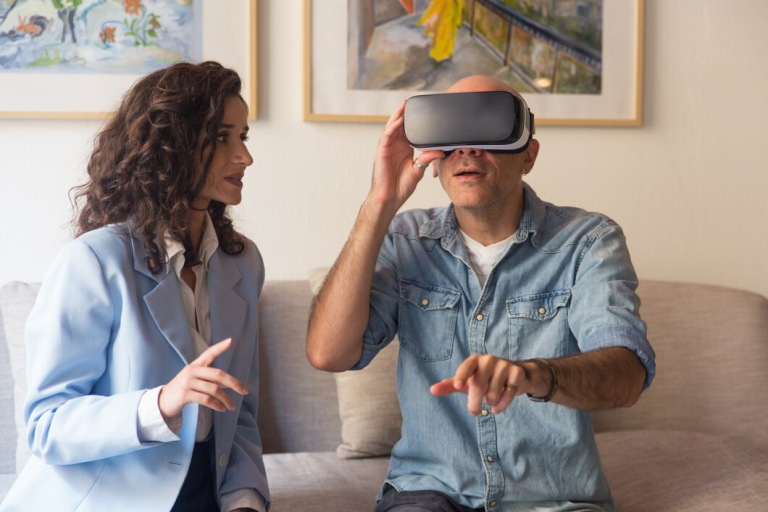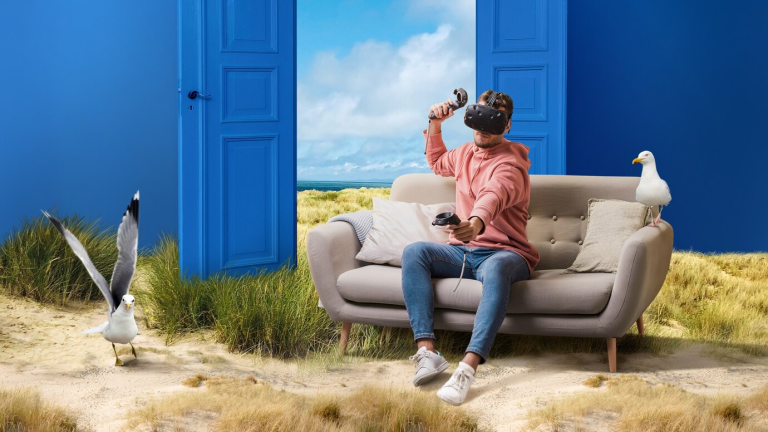Welcome to the digital age of modern home design, where virtual reality (VR) technology is transforming the way architects and homeowners visualize and create living spaces. With VR, Architects Palo Alto, Mountain View, and Atherton are revolutionizing the design process, providing immersive experiences that bridge the gap between imagination and reality.
Enhanced Visualization & Immersive Experiences With Advanced VR Technology
Gone are the days of relying solely on blueprints and 2D renderings to understand the potential of a home design. With the advancement of VR technology, Architect Atherton can now create virtual environments that transport clients into their future homes.
By wearing a VR headset, homeowners can explore every corner, visualize materials, and experience the flow of spaces with remarkable accuracy. This technology enhances communication and collaboration between architects and clients, ensuring that the final design meets their vision and expectations.
Architectural firms in Palo Alto, Mountain View, and Atherton are harnessing the power of VR to provide clients with immersive experiences that enable them to make informed decisions about design elements, such as lighting, furniture placement, and color schemes.
Efficiency In Design Iterations & Customization
In traditional design processes, making changes to a blueprint or 3D rendering could be time-consuming and costly. However, with VR, Architect Mountain View can swiftly modify designs in real-time, allowing for efficient design iterations. Also, construction professionals can efficiently iterate and customize designs in real time, saving time and reducing costs.
Homeowners in Palo Alto, Mountain View, and Atherton can request changes to the virtual environment, whether it is adjusting room layouts, exploring alternative materials, or experimenting with various architectural styles. This streamlined process empowers clients to actively participate and ensure their vision is accurately translated into the final construction project.
This level of customization empowers clients to actively participate in the design process, ensuring that their preferences and requirements are met. VR technology enables architects to efficiently incorporate these changes and provide a highly personalized design experience, resulting in homes that truly reflect the homeowners’ unique tastes and lifestyles.
Streamlined Communication & Collaboration
Clear and effective communication is vital in any architectural project. VR technology facilitates seamless communication between architects, homeowners, and other stakeholders involved in the design process. Top Architect Firm Palo Alto, Mountain View, and Atherton can use VR as a common platform to share design concepts, make annotations, and receive real-time feedback.
Also, harnessing the power of VR for construction streamlines communication and collaboration, leading to greater efficiency and project success. VR technology in construction revolutionizes communication and collaboration, minimizing errors, improving understanding, and ensuring seamless project coordination.
Homeowners can easily express their preferences, while architects can provide instant visualizations and clarify design concepts. This level of communication and collaboration fosters a deeper understanding of the project and ensures that everyone is on the same page throughout the design journey.
Conclusion
The integration of VR technology in modern home design has transformed the way architects and homeowners envision and create living spaces. Architect firms are harnessing the power of VR to provide immersive experiences, enhance customization, streamline communication, and ultimately bring dreams to life in the most visually captivating and f






